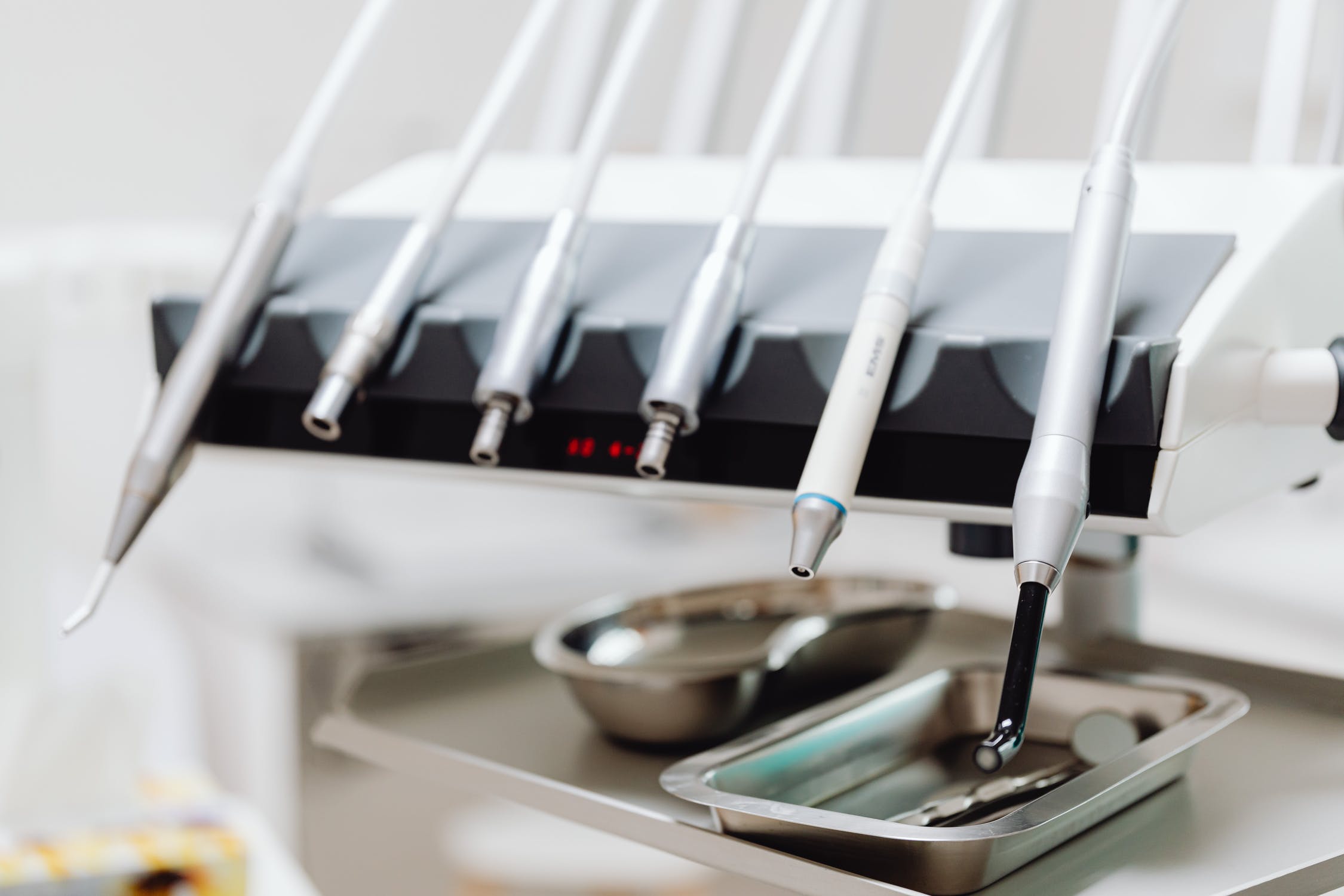Missing teeth is not as simple as just affecting your smile. It also has a significant impact on your overall health. It can cause your other teeth to shift into their place, reducing the amount of space between them. This can increase the risk of tooth decay and gum disease.
Missing teeth can be treated with various dental treatments. It’s important to understand which one is right for you. It is important for you to understand which treatment option for missing teeth is right for you to make an informed decision.

A dental bridge is a common treatment for missing teeth, but do you know what it does? A dental bridge consists of two teeth on your jaw and the bridge that goes in between them. It can be a perfect solution for your missing tooth.
If you’ve lost a tooth, but don’t want to get a dental implant, then a dental bridge might be the perfect solution for you.
In this blog post, we have shared some useful information about dental bridges.
What exactly is a dental bridge?
Dental bridges are a common way for dentists to fill in the gaps and fix missing teeth. They consist of artificial teeth on both ends anchored by natural teeth in the middle.
Dental bridges are one of the most common devices for replacing missing teeth.
The dentists might call a dental bridge a “filler” or “partial denture,” but some dentists might call it just a “false tooth.
Unlike dentures, bridgework is more permanent and covers at least two teeth on either side that are still present. A crown is a more permanent option and replaces all of the lost teeth in a single artificial tooth, secured in place with dental cement.
Taking care of & cleaning dental bridges
If you’ve recently had a dental bridge or are going to have one, don’t worry about it! It won’t be hard to take care of.
Unlike natural teeth, which come with their own set of responsibilities, dental bridges require extra care to maintain.
The American Dental Association recommends brushing your teeth for two minutes each day and flossing too.
When you have a bridge in your mouth, it may be a little more difficult to floss. But just because it can be a challenge doesn’t mean you should forget about it. In order to get around this, always remember to floss the natural tooth on either side of your bridge while also moving the string between the bridge and gum tissue.
Flossing is a method of brushing. Despite being 100 years old, flossing remains the most effective and affordable way to remove plaque and debris from under your bridge, teeth, and gums.
Recommended post: 7 Tips to keep your teeth clean
Installation of a dental bridge
Dental bridges are used to fill in gaps between teeth. In order to achieve this, your dentist must create room for the replacement tooth by making sure you have enough teeth and gums to handle it. This preparation process is usually done with a local anesthetic, and it typically does not result in pain.
After having a tooth extracted, you return to the dentist’s office for your second appointment. There, they will create a bridge in your mouth to manage the empty space. This process may feel uncomfortable and bulky during the first few days but will become more comfortable as you get used to your new prosthetic. Your dentist may place a temporary bridge in your mouth upon completion of your second visit.
The third appointment is the charm! A third follow-up exam with your dentist will ensure that the bridge is comfortable, and if not, there are measures they can take to adjust it.
Are dental bridges a permanent solution?
Maintaining good oral hygiene, as well as going to the dentist regularly, is key to keeping your dental bridge healthy. No matter how long-lasting, a dental bridge is not a permanent solution for missing teeth.
If you have a dental bridge, you might want to avoid eating gum and hard foods. A dental bridge is a wonderful choice for replacing missing teeth and should last for many years — even decades.
The cost involved in dental bridges
Dental bridges are a less expensive and more common way of replacing missing teeth. This level of affordability is due to the fact that dental bridges are typically covered by health insurance plans.
Dental bridges are also less likely to wobble or shift than other options, making them the perfect choice for someone who wants a more permanent solution to their tooth gap!
To know more about dental bridges, contact us at [email protected] or call us at (310) 327-0404

